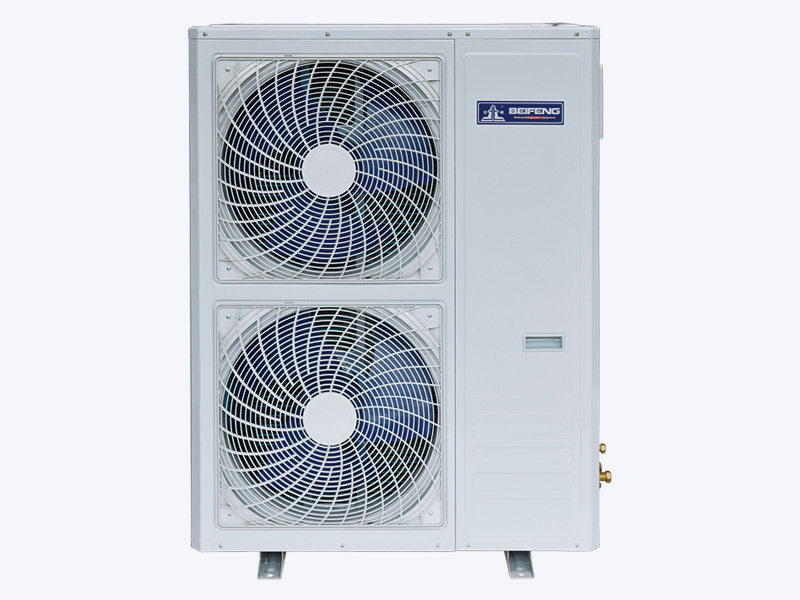Solving common problems with refrigeration equipment often involves a combination of troubleshooting and preventive measures. Here are some general steps and precautions:
Troubleshooting Common Problems:
1.Temperature Issues: Thoroughly review thermostat settings, considering factors such as ambient temperature, humidity, and the specific items stored. Calibration may be necessary. Regularly scheduled cleaning of condenser coils using appropriate tools and techniques is critical for efficient heat exchange. Inspect for air leaks by utilizing pressure tests and thermal imaging. Verify door seals by conducting a dollar bill test or employing specialized equipment for precise measurements.
2.Condensation or Ice Buildup: Optimize ventilation by ensuring adequate spacing around the unit and avoiding obstructions to airflow. Conduct periodic door seal inspections and replace as needed. Implement a robust defrosting schedule, utilizing advanced automated defrost systems if available. Inspect evaporator and condenser coils meticulously, considering factors such as coil material, fin spacing, and cleanliness to prevent moisture-related issues.
3.Unusual Noises: Diagnose and address unusual noises systematically. Examine fan blades for alignment and balance, ensuring they are free of debris. Investigate compressor components, checking for loose connections, worn-out bearings, or damaged pistons. Inspect motor parts, such as belts and pulleys, for proper tension and alignment. If needed, consult the manufacturer's manual for specific sound diagnostics and recommended solutions.
4.Compressor Issues: Investigate compressor issues comprehensively. Examine electrical connections for corrosion and tightness. Assess the condition of the capacitor, checking for bulging or leaking. Test the relay for functionality, considering factors such as contact resistance. Engage a certified technician for more complex diagnostics, referencing the manufacturer's guidelines for compressor troubleshooting, and adhering to industry standards for repair procedures.
5.Leakage: Respond to suspected refrigerant leakage promptly. Engage a professional technician with expertise in leak detection using methods such as ultrasonic testing or refrigerant sniffers. Conduct regular visual inspections for oil spots or stains, and leverage UV dye for enhanced detection. Adhere to industry regulations for refrigerant handling, reporting, and disposal.
6.High Energy Consumption: Address heightened energy consumption through a multi-faceted approach. Optimize insulation by assessing door construction, insulation material, and thickness. Conduct regular energy audits, focusing on factors such as temperature setpoints, defrost cycles, and lighting efficiency. Utilize advanced technologies such as variable-speed compressors and energy-efficient lighting to further enhance overall energy efficiency.
6.High Energy Consumption: Address heightened energy consumption through a multi-faceted approach. Optimize insulation by assessing door construction, insulation material, and thickness. Conduct regular energy audits, focusing on factors such as temperature setpoints, defrost cycles, and lighting efficiency. Utilize advanced technologies such as variable-speed compressors and energy-efficient lighting to further enhance overall energy efficiency.
Precautions and Preventive Measures:
1.Regular Maintenance: Establish a detailed maintenance schedule encompassing a range of tasks. Conduct comprehensive inspections involving the examination of electrical connections, lubrication of moving parts, and the replacement of worn components. Keep a digital record of maintenance activities for trend analysis and informed decision-making regarding equipment replacement or upgrades.
2.Proper Installation: Rigorously adhere to manufacturer specifications during the installation process. Ensure proper ventilation by considering factors such as airflow patterns, ambient temperature, and humidity. Verify clearances to prevent heat buildup. Engage certified professionals who possess expertise in electrical, refrigeration, and HVAC systems. Document the installation process thoroughly for warranty purposes and future reference.
3.Temperature Monitoring: Install a state-of-the-art temperature monitoring system with features such as continuous data logging, real-time alerts, and remote access capabilities. Integrate the system into a centralized monitoring platform for comprehensive oversight. Establish response protocols for different temperature scenarios, emphasizing quick intervention to prevent potential product losses.
Double Vent Model L CUA Box-Type Unit

Double Vent Model L CUA Box-Type Unit


 English
English عربى
عربى 简体中文
简体中文












